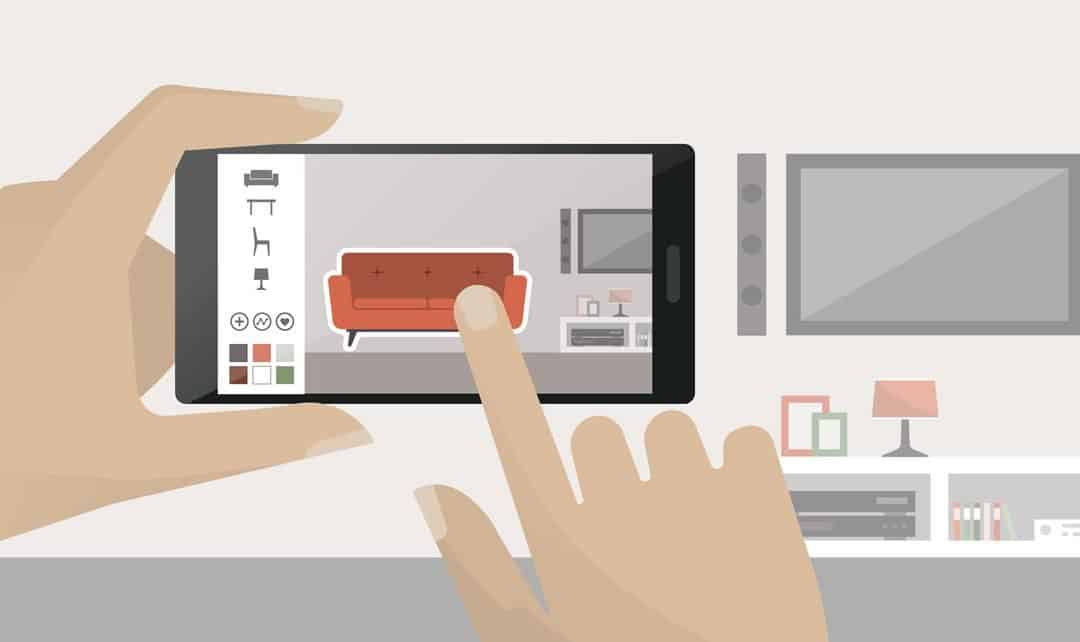Every industry has been affected by COVID-19 in one way or another. And while the fallout has mostly been negative, one niche business that has experienced a positive impact is that of virtual staging.
For Young Kim, founder of Vancouver-based Bella Staging, business had been ramping up before COVID-19, but then it got even busier, prompting him to add four new designers to his team of 11.
Unlike conventional staging, in which the contents of a home are removed and replaced with attractive rented furniture and décor to help improve a home’s sale price, virtual staging is done on a computer. It uses a combination of photography, 3D modeling software, Photoshop and renderings, to produce images of spruced-up rooms and achieve a similar result.
The advantages of virtual staging are that it costs considerably less, and, in this time of social distancing, property owners can still show their home in the best light without having movers carrying furniture in and out of their homes in the midst of a pandemic.
[twenty20 img1=”40837″ img2=”40838″ offset=”0.5″]
Kim believes social distancing could be one reason why business is growing. “I think people know about virtual staging but haven’t been inclined to use it,” he says. “A lot of Realtors are traditional and not adopting new technology but this has forced them to try it out and say this is pretty good, instead of conventional staging.”
A self-described techie nerd with a background in web development and a “keen” interest in real estate, Kim came across virtual staging a few years back and believed his designers could do a better job and make the photos look more realistic.
He was pleased with the results and asked local Realtors in Vancouver to send them photos of empty units in order to test the market. “People liked what we did and looking at the competition, their pricing was high. It was a good time to get in the market. We could streamline the operation to keep prices low and provide good quality photos.”
The process is fairly simple. A client – they include Realtors, developers and builders – submits one or more photos (the average is about three to five) of a room or rooms they would like to have staged. For optimal results, Kim says the submitted photos should be professionally shot and have a minimum resolution of 3,000 x 2,000 pixels. The company charges about $22 US (or roughly $29 CDN) per photo.
[twenty20 img1=”40839″ img2=”40840″ offset=”0.5″]
The staged images are sent back to the client, who may request further edits or revisions at no extra charge. Normally clients can get the final images in one to two days, though with the increased demand lately Kim says it now takes about two to three days.
The company offers three main types of services. With virtual staging, the client sends photos of empty rooms and their designers fill it with beautiful furniture to make them more attractive on MLS and social media and any other marketing materials they have.
A second type is virtual furniture removal and staging, which is often sought in cases of tenanted apartments/homes or properties with furniture in them that can’t be removed. The company will remove the existing furniture using Photoshop and replace it with more modern pieces. A third service is virtual renovation, which Kim says works best for properties that will likely be reno jobs. They can show what the home would look like with new flooring and appliances, or by adding a hot tub on the patio, for example.
It’s been three years since the company began offering virtual staging services, initially starting in the much larger U.S. market (hence its U.S. dollar pricing) where it still gets fully 70 per cent of its business.
Domestically, the company receives about 50 to 70 photos a day from clients across Canada. “COVID has exponentially increased the number of orders we’re taking on a daily basis,” says Kim, who adds that a lot of people have learned about virtual staging through word of mouth or by attending the company’s presentations to brokerages.
“We started our marketing efforts in Canada last year and so far it’s been great,” he says.
“People realize instead of spending $20,000 to stage a home, they can spend $100 and get good results.”
Diane Slawych is a contributing writer for REM.













